When looking at the gauge numbers of wire, it is normal to think: "the larger the number, the bigger the wire." However, wire gauges actually work in reverse: "the larger the number, the smaller the wire." This is because all jewelry wire sizes begin at the number 0, and each time the wire is passed through a drawing die, it becomes smaller.
So, a wire that is labeled as 22-gauge has been pulled 22 times, and it is 22 times smaller than its original size. The gauge equals the diameter of the wire, meaning the distance straight across its center.
In North America, the size of the holes in a wire-drawing die is based on a geometric formula developed in 1855 by the machine-tool company, Brown and Sharpe. This progression of 39 sizes is known as the American Wire Gauge (AWG).
All of the wire stocked by WireJewelry is labeled using the AWG. Other parts of the world may use the British Standard Wire Gauge (SWG), where the sizes are just a hair larger than those of the AWG. (For example: AWG 20-gauge = 0.813mm and SWG 20-gauge = 0.914mm.) For the purpose of this article, all references below relate to the American Wire Gauge (AWG).

These are extremely fine wires, with diameters that measure from 0.013-.006 inches or 0.32-.16 millimeters. When thinking about using these wires, compare them to sewing thread. They can be used for coiling, weaving, knitting, and crocheting, as well as to work with feather-weight small-holed pearls and seed beads. If it should become kinked, this wire will easily break.
Measuring .016 inches or .41 millimeters in diameter, this is also a thin wire, but unlike the extremely fine wires (above) it is amazingly strong. In a round shape, one of its most popular uses is to coil it around a larger-gauge wire. It can also be used to knit, crochet, and weave, and to attach small-hole pearls and beads to other projects.

This is the first gauge in this list that can be used in the base creation of both sculpted and traditional wire jewelry designs. The diameter of 24-gauge wire measures 0.020 inches or 0.51 millimeters.
In a round shape, it can be used more aggressively in the same manners as the 26-gauge above, and in a square shape 24-gauge can be used to make frames and wire settings for smaller cabochons and faceted stones. It is also used to make individual jump rings and head pins, as well as wrapping the tops of briolettes.

The diameter of this wire measures 0.025 inches or 0.64 millimeters. In a square shape, this is the preferred gauge for most traditional wire jewelry designs, such as bracelets, rings, and pendants for women and children.
It is often used to make settings and frames for small-to-medium sized cabochons and cut stones. 22-gauge round is also used for larger coiling projects and those with experience will also use it for weaving and braiding designs. As a multi-purpose wire, it makes a nice double wrapped hook, head pins, smaller clasps, and it can be used to make individual jump rings.
Ring made with a blue glass Cat's Eye and argentium silver. Ring created and photo provided courtesy of Adrien De Ruyck.

Slightly larger than the 22-gauge, the diameter of 21-gauge wire measures 0.0285 inches or .723 millimeters. In a square shape, this small difference in size will match 21-gauge wire with the thickness of several pattern wires, so that they may be used together in bracelet and pendant designs.
It can be used in all of the same projects listed for 22-gauge, but in a heavier fashion, meaning anything made with 21-gauge wire is suitable for men. It is the preferred gauge for making most prong projects and rings. Round 21-gauge wire is also an excellent choice when creating hooks and eyes, individual jump rings and other components that need to handle more stress. It is the preferred choice for making ear wires.

20-gauge wire measures 0.032 inches or .81 millimeters in diameter. In a round shape, 20-gauge wire is good for clasps, double wrapped hooks, head pins, ear wires and many other handcrafted components. The square 20-gauge wire is most often used to make heavier jewelry such as bracelets and rings for men, as well as to create neck collars for women.
Measures 0.040 inches or 1.02 millimeters in diameter and it is a very strong wire. It works well for making all types of hooks and clasps and for wire wrapping beads with large holes. It is used often when making ornate bracelets and when creating wire collars and heavier neck pieces.
This is a thicker wire that measures 0.051 inches or 1.29 millimeters in diameter. It can be used to make neck wires, freeform rings, bracelets and bracelet bases.
Probably the heaviest wire most wire artists will use, its diameter measures .0641 inches or 1.63 millimeters. Most often used in a dead soft temper, 14-gauge wire is perfect for making neckpieces, arm cuffs and bracelet frames.

Materials

Tools

- G15-20
- Lesson Quantity: 1.00 pieces
- Purchase Quantity: 1.00 each
- Price: $170.72
- Gold Club Price: $128.04

- GAU-179.00
- Lesson Quantity: 1.00 pieces
- Purchase Quantity: 1.00 each
- Price: $39.97
- Gold Club Price: $29.98

- G7-8
- Lesson Quantity: 1.00 pieces
- Purchase Quantity: 1.00 each
- Price: $11.95
- Gold Club Price: $8.96

- GAU-144.10
- Lesson Quantity: 1.00 pieces
- Purchase Quantity: 1.00 each
- Price: $13.97
- Gold Club Price: $10.48
- Category: General Education
- Technique(s): Design, General Education








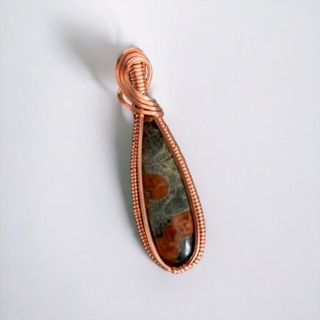
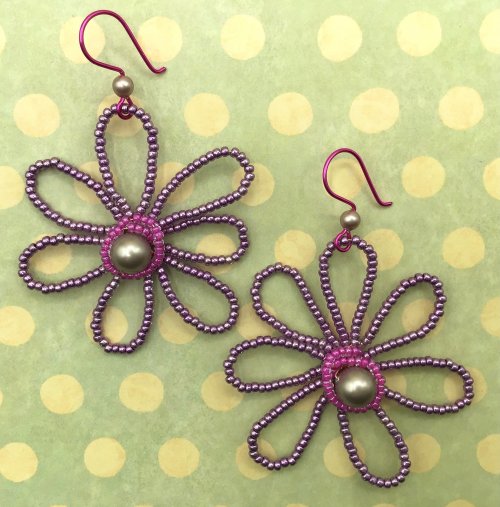
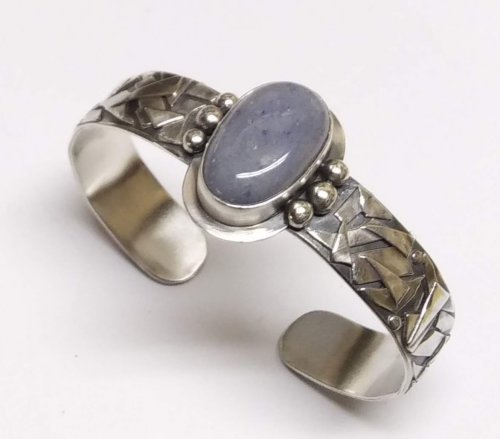

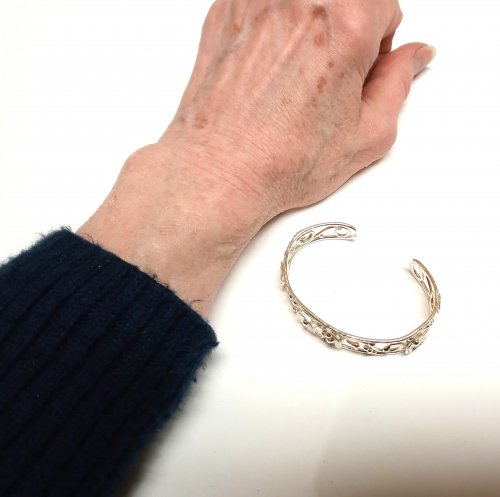
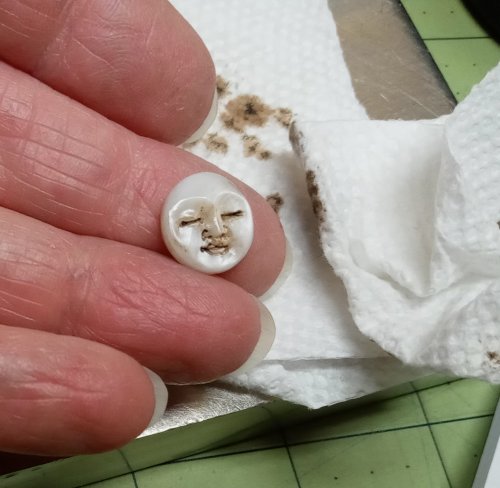
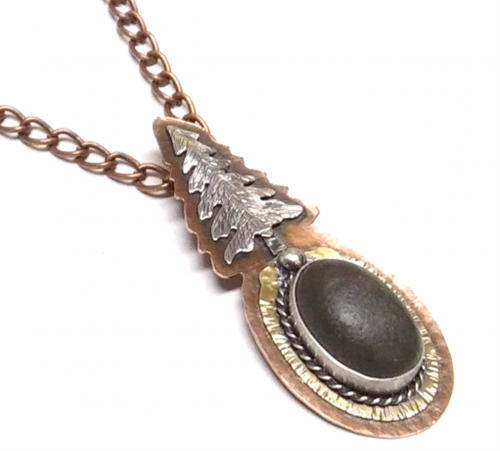
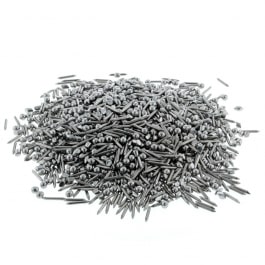

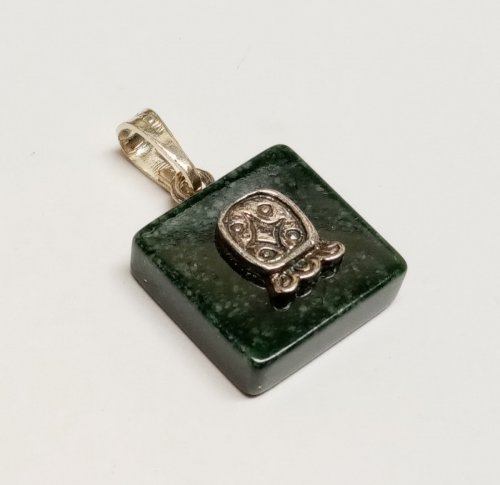
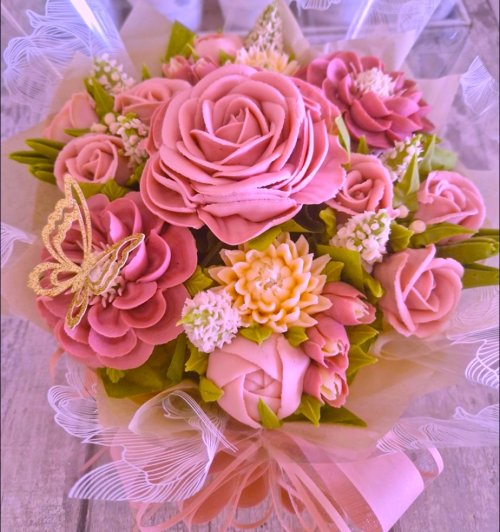




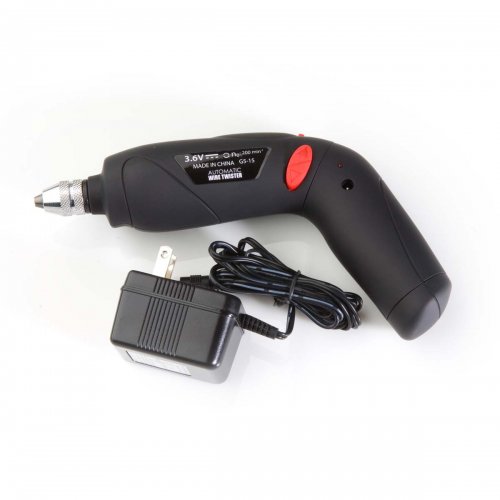 Getting Twisted - Jewelry Making Tools
Getting Twisted - Jewelry Making Tools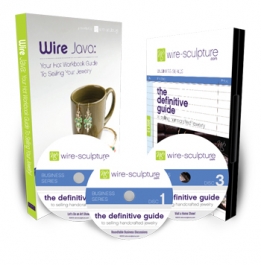 How to Price Your Wire Jewelry
How to Price Your Wire Jewelry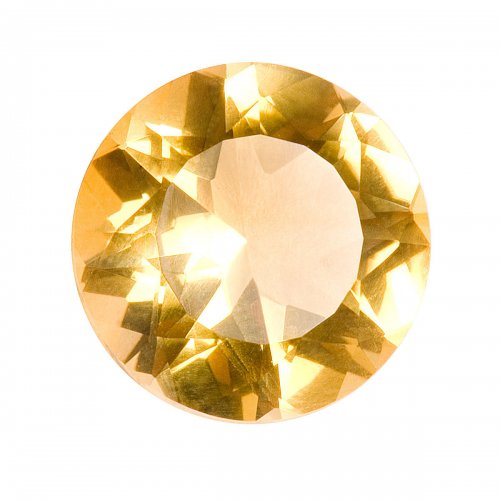 How to Measure Gemstones for Settings
How to Measure Gemstones for Settings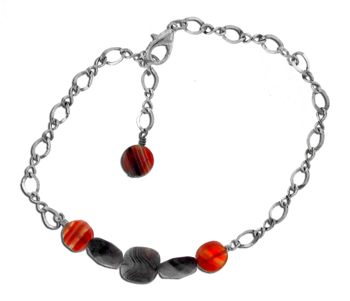 Cool Anklets are HOT
Cool Anklets are HOT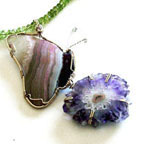 Inspiration Comes from Everywhere and Every Thing
Inspiration Comes from Everywhere and Every Thing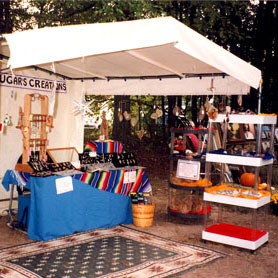 Wire Jewelry Display and Booth Ideas
Wire Jewelry Display and Booth Ideas Where to Sell Your Wire Jewelry
Where to Sell Your Wire Jewelry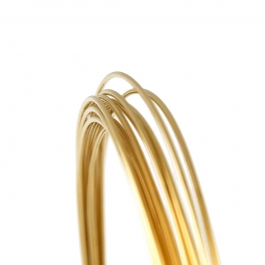 How to Choose Wire Temper for Making Jewelry
How to Choose Wire Temper for Making Jewelry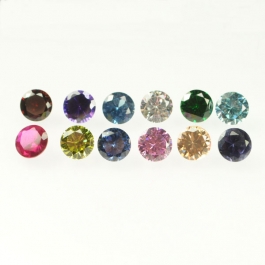 What's a Cubic Zirconia Stone
What's a Cubic Zirconia Stone Rockhounding - A Beginner's Guide
Rockhounding - A Beginner's Guide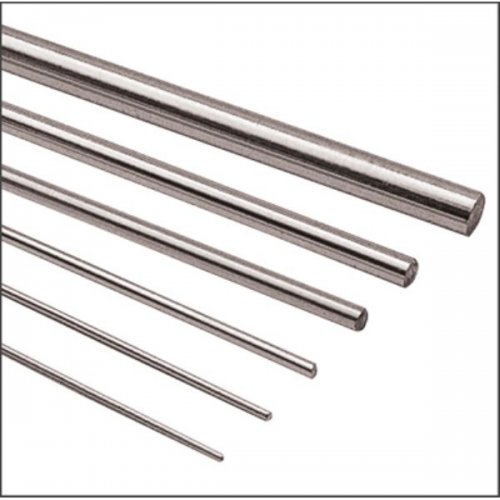 What Shape of Wire Should I Use to Make Jewelry
What Shape of Wire Should I Use to Make Jewelry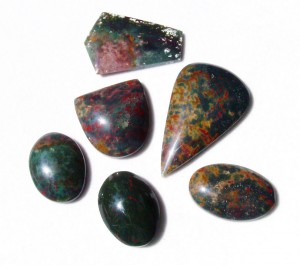 Gem Profile- Bloodstone
Gem Profile- Bloodstone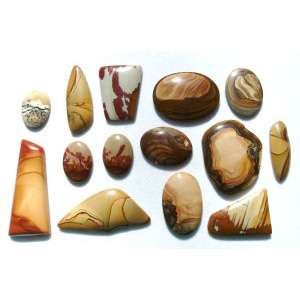 Gem Profile- Picture Jasper
Gem Profile- Picture Jasper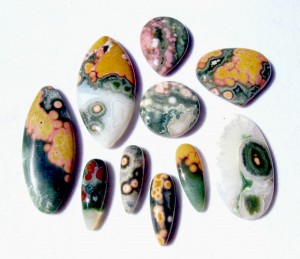 Gem Profile- Patterned Jaspers
Gem Profile- Patterned Jaspers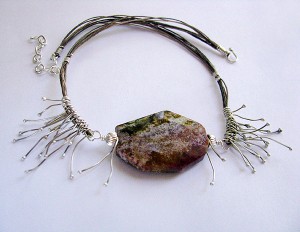 Gem Profile- What is Jasper
Gem Profile- What is Jasper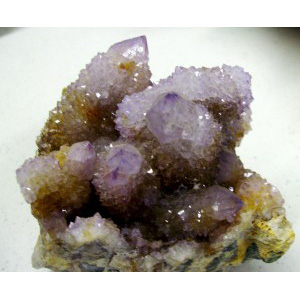 Gem Profile- Quartz Introduction
Gem Profile- Quartz Introduction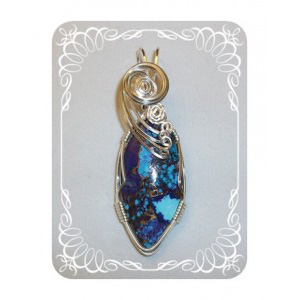 Gem Profile- Wishful Turquoise
Gem Profile- Wishful Turquoise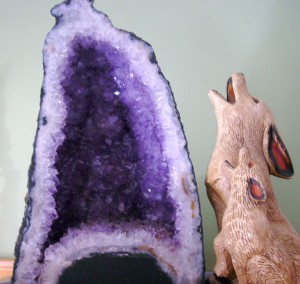 Gem Profile- Amethyst
Gem Profile- Amethyst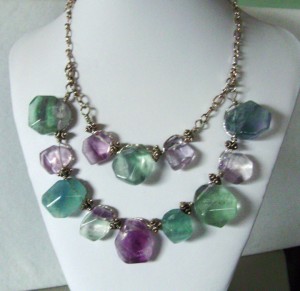 Gem Profile- Fluorite
Gem Profile- Fluorite Gem Profile- Obsidian
Gem Profile- Obsidian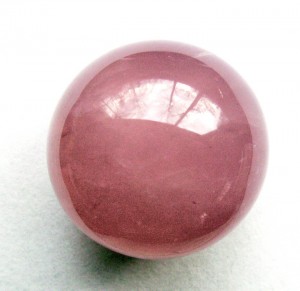 Gem Profile- Rose Quartz
Gem Profile- Rose Quartz Gem Profile- Smoky Quartz
Gem Profile- Smoky Quartz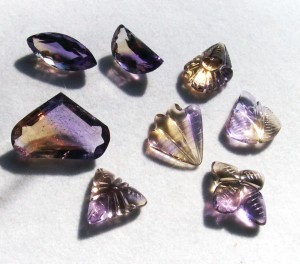 Gem Profile- Citrine and Ametrine
Gem Profile- Citrine and Ametrine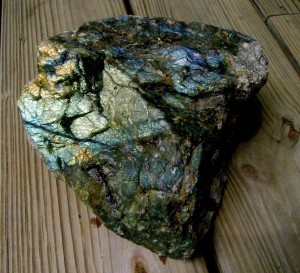 Gem Profile- Labradorite
Gem Profile- Labradorite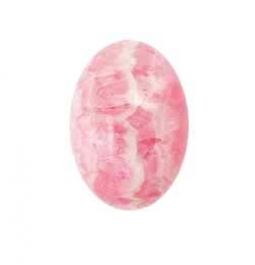 Gem Profile- Rhodochrosite
Gem Profile- Rhodochrosite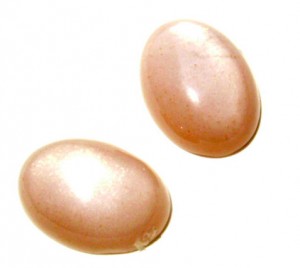 Gem Profile- Moonstone
Gem Profile- Moonstone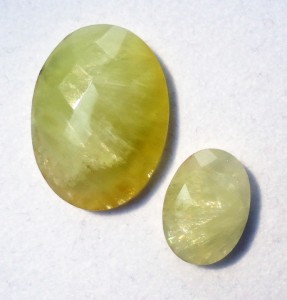 Gem Profile- Prehnite
Gem Profile- Prehnite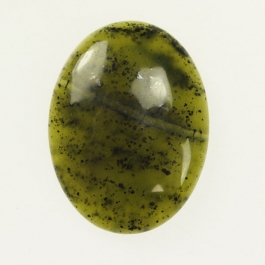 Gem Profile- Jade
Gem Profile- Jade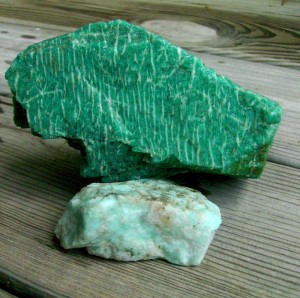 Gem Profile- Amazonite
Gem Profile- Amazonite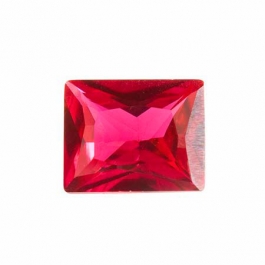 Gem Profile- Corundum
Gem Profile- Corundum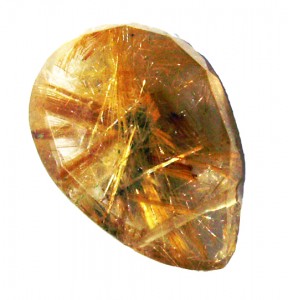 Gem Profile- Quartz with Inclusions Part 1
Gem Profile- Quartz with Inclusions Part 1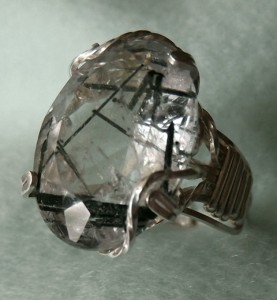 Gem Profile- Quartz with Inclusions Part 2
Gem Profile- Quartz with Inclusions Part 2 Gem Profile- Aventurine
Gem Profile- Aventurine Gem Profile- Macrocrystalline Quartz
Gem Profile- Macrocrystalline Quartz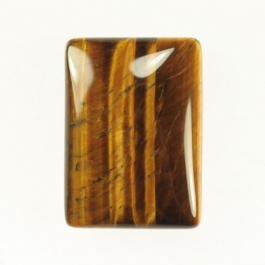 Gem Profile- Tiger Eye
Gem Profile- Tiger Eye Gem Profile- Fire Agate and Iris Agate
Gem Profile- Fire Agate and Iris Agate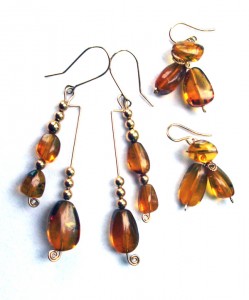 Gem Profile- Amber
Gem Profile- Amber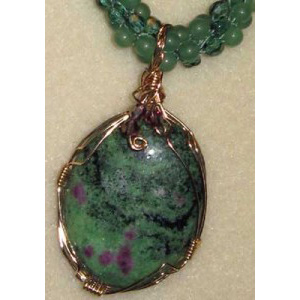 Gem Profile- Ruby Zoisite
Gem Profile- Ruby Zoisite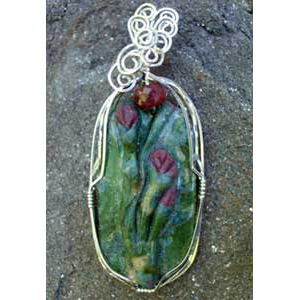 Gem Profile- Ruby Fuchsite
Gem Profile- Ruby Fuchsite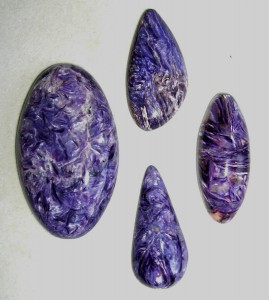 Gem Profile- Charoite
Gem Profile- Charoite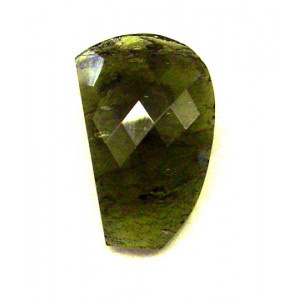 Gem Profile- Moldavite
Gem Profile- Moldavite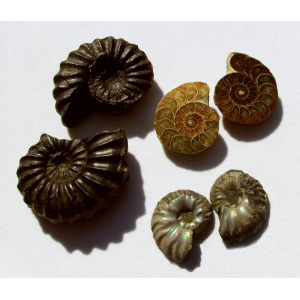 Gem Profile- Ammolite
Gem Profile- Ammolite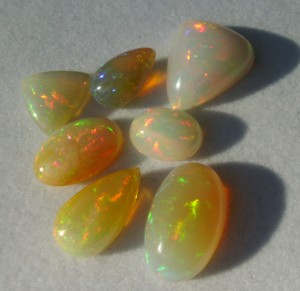 Gem Profile- White Precious Opal
Gem Profile- White Precious Opal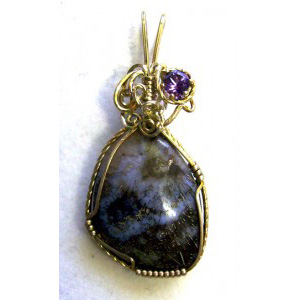 Gem Profile- Opalized Fossils
Gem Profile- Opalized Fossils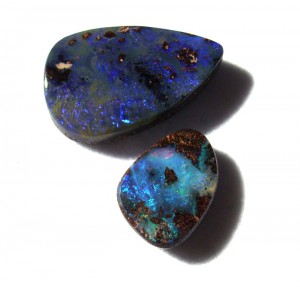 Gem Profile- Boulder Opal
Gem Profile- Boulder Opal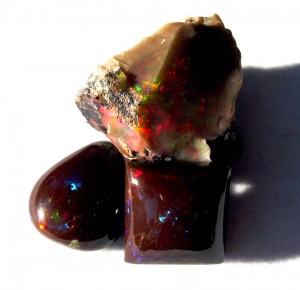 Gem Profile- Black Precious Opal
Gem Profile- Black Precious Opal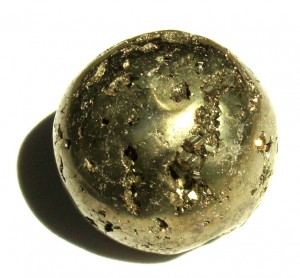 Gem Profile- Pyrite
Gem Profile- Pyrite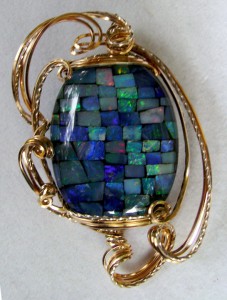 Gem Profile- Opal Introduction
Gem Profile- Opal Introduction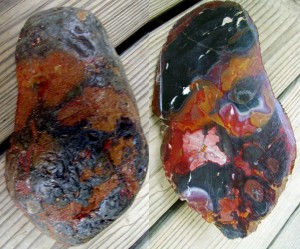 Gem Profile- Beautifully Colored Jasper
Gem Profile- Beautifully Colored Jasper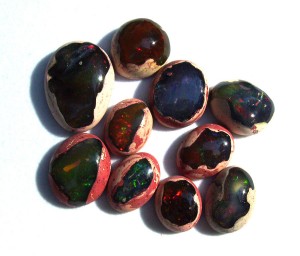 Gem Profile- Common Opal
Gem Profile- Common Opal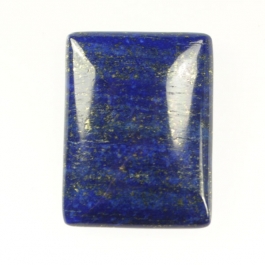 Gem Profile- Lapis Lazuli
Gem Profile- Lapis Lazuli Wire Sculpture Expert Dale -Cougar- Armstrong Interview
Wire Sculpture Expert Dale -Cougar- Armstrong Interview
